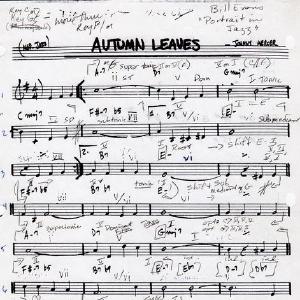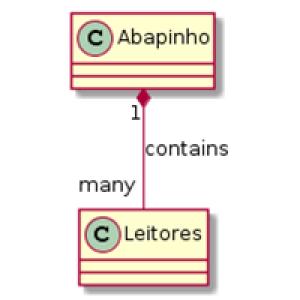
In SAP’s world, ABAP code will forever stay wherever you leave it.
On one given day, Manuel did something badly because he was on a rush or didn’t know any better. One year later António is asked to make a small change to it. António spots Manuel’s mess but he doesn’t improve it because, for some reasons, in SAP, changing something which is working, even if it’s badly implemented, is a tabu. Instead, António will add his code to the existing one and forget about it.
This attitude, when adopted by everyone, contributes to an inevitable erosion of the system’s code which, some years later, becomes unmanageable. And still, that’s the rule.
The way I see it, this is wrong and goes against the customer’s best interests. Actually, even if the customer doesn’t want me to modify old code because it’s working… I still do it. Who is he to tell me how to program?
















